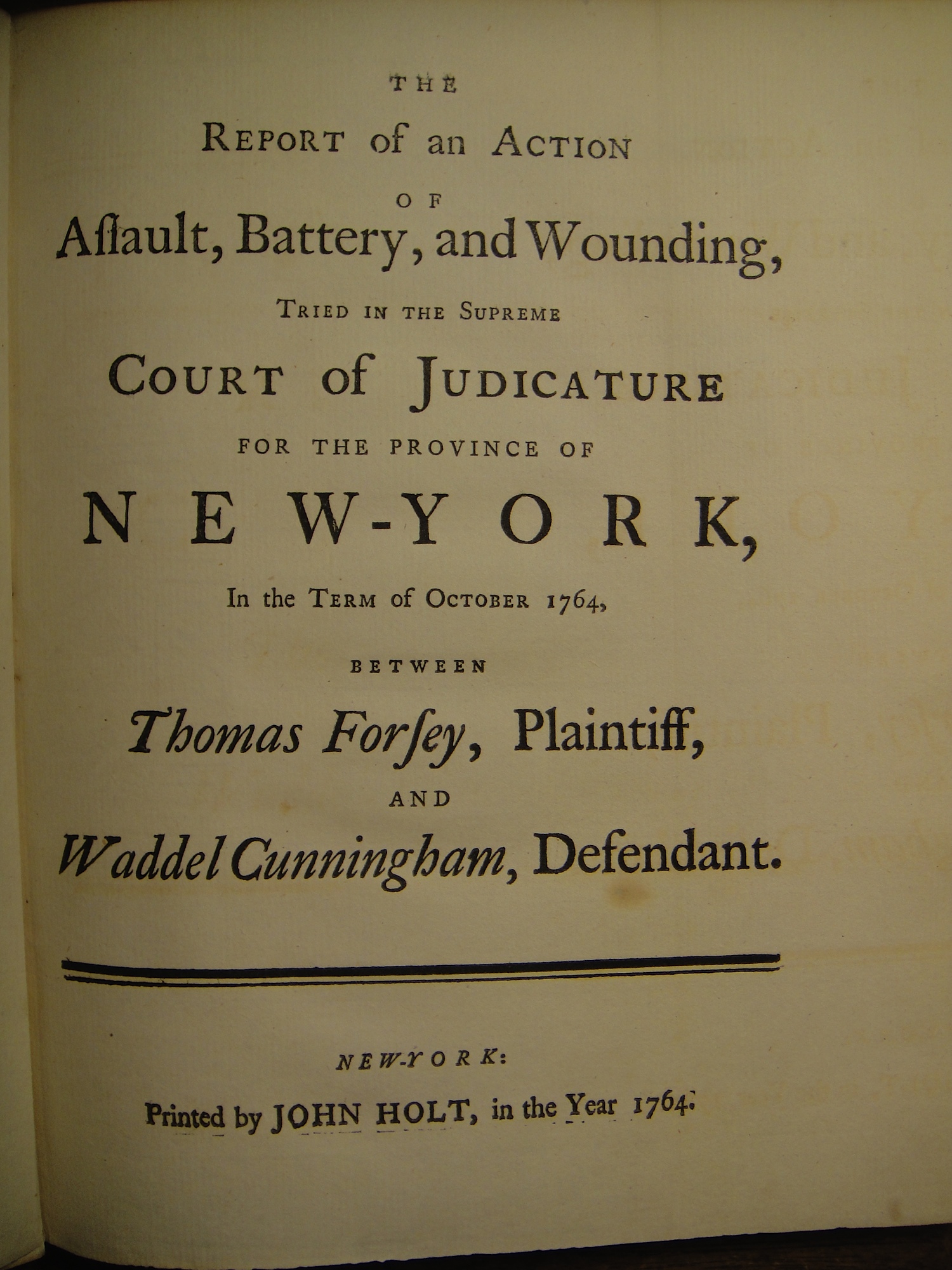Local Courts
Local Courts had civil jurisdiction in matters involving less than five pounds sterling. The local constable and two local overseers presided.
Local Courts had civil jurisdiction in matters involving less than five pounds sterling. The local constable and two local overseers presided.
The Court of Chancery consisted of the Governor or his appointed and the Council. The court had the powers of the English Chancery and … More The Court of Chancery, 1691-1776 »
The Court of Exchequer (also called the Court of Judicature) consisted of the Governor and Council.
The Supreme Court of Judicature consisted of a Chief Justice, a Second Justice and three Associate Justices commissioned under royal warrant. It had the … More The Supreme Court of Judicature, 1691-1776 »
In 1788, the justices were required to convene criminal courts (Oyer and Terminer) during the terms of the Circuit Court. The Court of Oyer … More Court of Oyer and Terminer, 1788-1895 »
The Prerogative Court consisted of the Governor with the Secretary as Registrar, and had the power to grant probate or administration of estates. The … More The Prerogative Court »
The Court of Sessions consisted of three local Justices of the Peace who held session twice a year in each county and more frequently … More Court of Sessions, 1684-1688 »
The Petty Courts were set up in each town and three officials appointed by the Governor held session on the first Wednesday of every … More The Petty Courts »

On July 29, 1763, an altercation broke out between two respectable business men, one armed with a sword and the other with a horsewhip. … More Forsey v. Cunningham, 1764 »
Background The manorial system of land tenure, first introduced to New York by the Dutch, was continued under English rule. Patents to huge tracts … More Crown v. William Prendergast, 1766 »